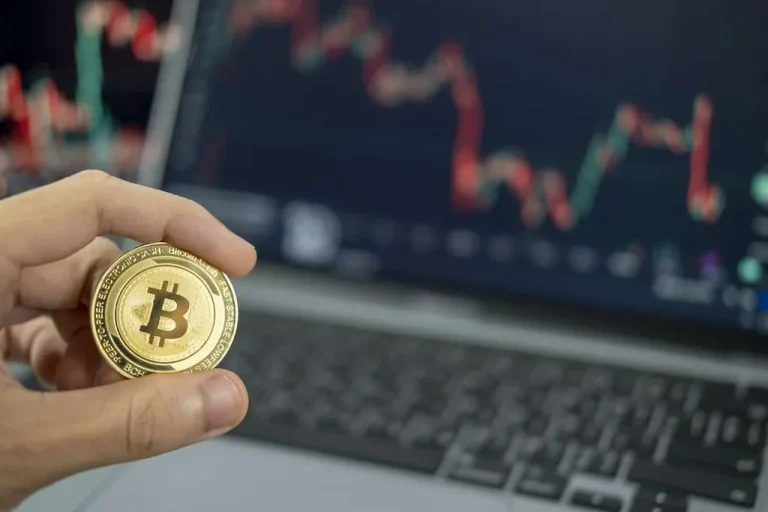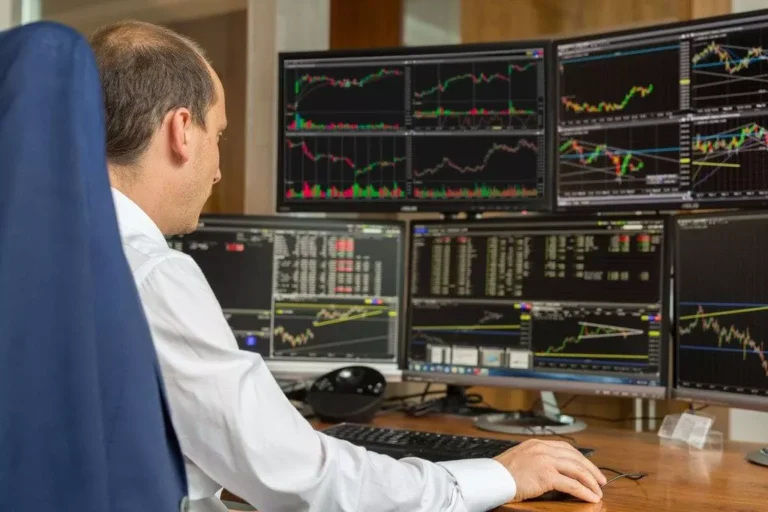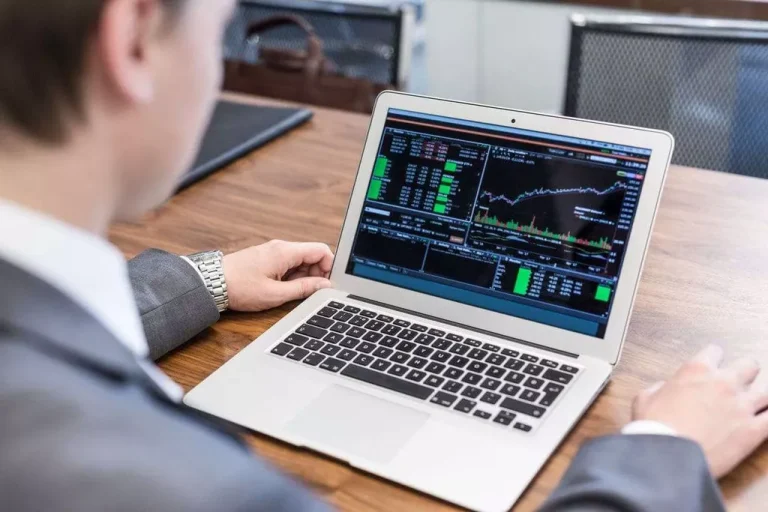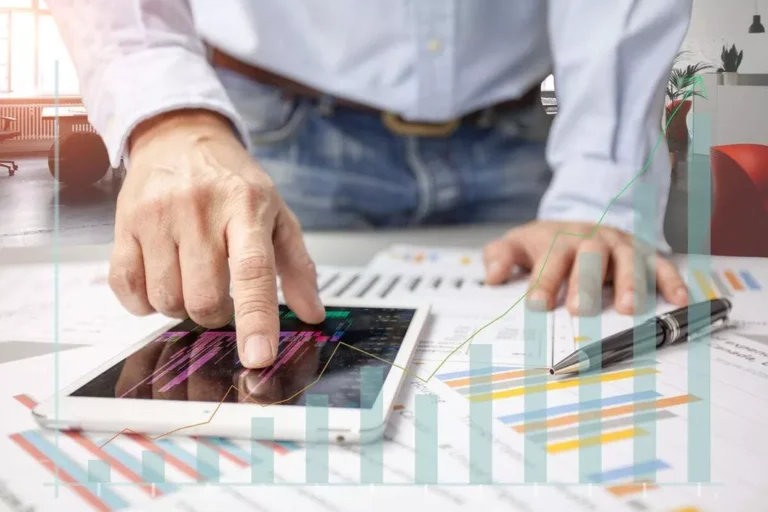Regenerative Finance (often shortened to ReFi) is a clear, accessible, and inclusive various to conventional financial methods. We’ll discover the basics of ReFi, and look into what it could mean for people and companies. Michael Kramer, managing companion and director of social analysis at Natural Investment Services, launched the idea of «regenerative investing» in 2003. He referred to the new investment type as regenerative because it pulled assets into tasks that mimicked operations of nature to recycle vitality and matter. The regenerative land loans construct on the overwhelming demand for FBN’s sustainable financing program that provides operating loans to farms that implement regenerative practices.
Many folks and organizations are trying to tackle the duty of mapping out the borders of the ReFi movement. Financial instruments with open entry, open code and open information unlock unbridled innovation, however openness can even what is regenerative finance enable dangerous actors to affix that are making an attempt to abuse the system. For customers of those new systems, it’s key to be cautious and aware and to do your due diligence earlier than utilizing a ReFi (or any Web3) service. Be thorough when evaluating new projects, and don’t put cash into something you don’t perceive. Regenerative finance (ReFi) projects are blockchain tasks which are developed in order that the sources used over time are regenerated. Amid a downturn within the farm economy and federal funding uncertainty, a new pilot provides further incentives for producers to adopt sustainable practices.

Two Examples On How Refi Can Touch People’s Lives
In different words, these are all current blockchain tasks that don’t take huge sources to run. Natural property can now be priced by their worth as “carbon sinks,” a.k.a. society’s valuation of a ton of carbon removed from the ambiance. When we take away carbon from the air, we reap cleaner air, lower temperatures, and create other positive externalities. These constructive effects could be financially quantified by the tonne and certified into what is a carbon credit score.
For instance, green bonds present funding for initiatives with a optimistic environmental impact Yield Farming , while social impression bonds present funding for tasks that tackle social points. Some crypto tasks are targeted on reducing carbon emissions in addition to helping community-led initiatives fight local weather change. Organizations such as the Climate Collective help raise awareness for tasks that use blockchain expertise to deploy regenerative monetary options.
These are just like green bonds, but they are designed to finance tasks that have a optimistic social impression, such as inexpensive housing or healthcare. Impact bonds can generate financial returns, whereas also benefiting society, making them an attractive possibility for investors who wish to make a difference. RSF Social Finance is a non-profit monetary services firm that focuses on finance and its impact. Their strategy prioritizes humanitarian and ecological well-being over financial rewards.

The goals go beyond reducing internet carbon emissions to zero, however to really removing carbon from the ambiance (hence the time period ‘regenerative’) amongst other ecologically optimistic goals. Compliance markets incentivize polluters within their jurisdiction to reduce emissions, however they are not able to eradicating greenhouse gases which have already been emitted. Extractive systems focus on the removal of assets for instant economic gain, sometimes disregarding the long-term impacts on ecosystems and communities. These methods typically distribute earnings inequitably and downplay the intrinsic value of dwelling ecosystems. Sustainable systems, however, seek to take care of the standing quo by balancing resource use with their rate of renewal.
Q: How Does Impactful Investing Contribute To Regenerative Finance?

A good contract might, for example, routinely buy and retire tokenized carbon credit whenever a user sends funds from one account to the other. As Web3 continues to evolve, we anticipate to see more progressive and impactful tasks emerge, to convey the benefits of blockchain technology to the true world. Blockchains directly connect users and developers all over the world with one another, allowing them to change items, services, data, and digital belongings. With the assistance of blockchain expertise, we can lay the muse for methods which are open, truthful, and democratized. The aim of ReFi is to create an financial system that thrives off mitigating local weather change, reversing a variety of the effects of carbon emissions, and pursuing social change.
Taking these deliberate steps may help make positive that https://www.xcritical.com/ climate finance isn’t solely large enough to tackle the large problem, however inclusive sufficient to fulfill the needs of all individuals on our warming planet. As world local weather finance discussions construct on the high-level settlement in Baku to develop a extra detailed local weather financing agenda on the subsequent UN climate summit (COP30 in Belem, Brazil), inclusion must be on the coronary heart of the agenda. And above all, people and organizations working in climate change and monetary inclusion ought to make it a priority to begin collaborating on this shared and important agenda.
- ReFi additionally offers a reasonable monetary return for the initiatives it presents, and its use circumstances embody real-world applications.
- Built with open code on decentralized public blockchains, DeFi provides a more democratic, transparent and, in some ways, secure different to conventional finance.
- Because they’re extra fascinated with monetary decentralization and inclusion, DeFi platforms could not essentially focus on environmental regeneration.
What Is The Tragedy Of The Commons And The Way Does Refi Purpose To Unravel It?
To devise appropriate and appropriate measures and devices for each country, investment risks should be analysed utilizing particular nation contexts. Another means to assume about that is that a pasture-raised cow lives longer however doesn’t develop as large as a cow living in a feedlot. This signifies that more cows and more land are needed to feed the world’s hunger for meat. By being more productive, manufacturing facility farming spares land for forests and different land makes use of that store carbon.
ReFi supports local lending and microfinance initiatives that present citizens with entry to capital for regenerative initiatives. In addition to financial advantages, ReFi encourages investments in businesses and projects that benefit communities and the planet as a complete to assist clear vitality, moral farming, or community development. The idea of regenerative finance has been aggressively adopted by progressive financial institutions, entrepreneurs, and acutely aware traders. This idea-to-implementation process reveals how monetary methods that worth sustainability, societal well-being, and regeneration have gotten more and more essential. At its core, this strategy implies a change of paradigm and the flexibility to articulate a complex methods answer. Regenerative economics incentivizes actions that improve systemic well being, and disincentivizes actions that lead to systemic degradation.
These projects use blockchain technology to create a record of individuals’ involvement in funding or overusing public goods. They additionally create verifiable social incentives for communities to profit the society round them via digital ownership certificates constructed with non-fungible token (NFT) expertise. By integrating these key rules, regenerative finance offers a transformative method to economic development. It seeks to create a financial system that generates returns and supports the well being and vitality of the planet and its inhabitants.
Taking the above graphic as a pointer, ReFi aims to apply a 360º view to all of the underlying signs in the diagram, with caring and nature-based methods pondering as the inspiration. Since sustainability challenges stem from fragmented thinking and methods incentivizing degenerative habits, holistic thinking and regenerative incentive methods want to switch them. This leads to minorities and marginalized groups turning to ReFi, and using it as a device for innovation and progress, often at a faster pace than people from communities with more privileged access to sources. In ReFi, there aren’t any gatekeepers telling minority builders, founders, or creators what to do; everyone can just build or contribute to whatever they see missing or what’s serving the needs of communities and environments.
ReFi seeks to resolve this downside through the use of a decentralised and trustless blockchain to report individuals’ involvement in funding or overusing public goods. It creates verifiable social incentives for communities to benefit the society around them. Moreover, ReFi reduces financial threat and contributes to the event of a sustainable future. Companies ought to due to this fact have a more in-depth have a glance at this financial structure, which can enhance profits, cut back costs, optimize resource efficiency and have a constructive influence on society and the surroundings. ReFi envisions a holistic approach to wealth technology by aligning economic activities with the preservation of pure resources and social well-being,.









